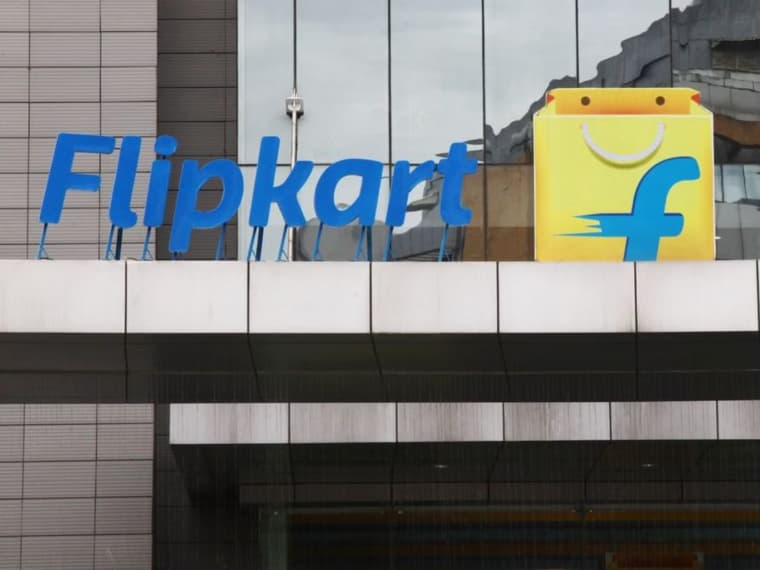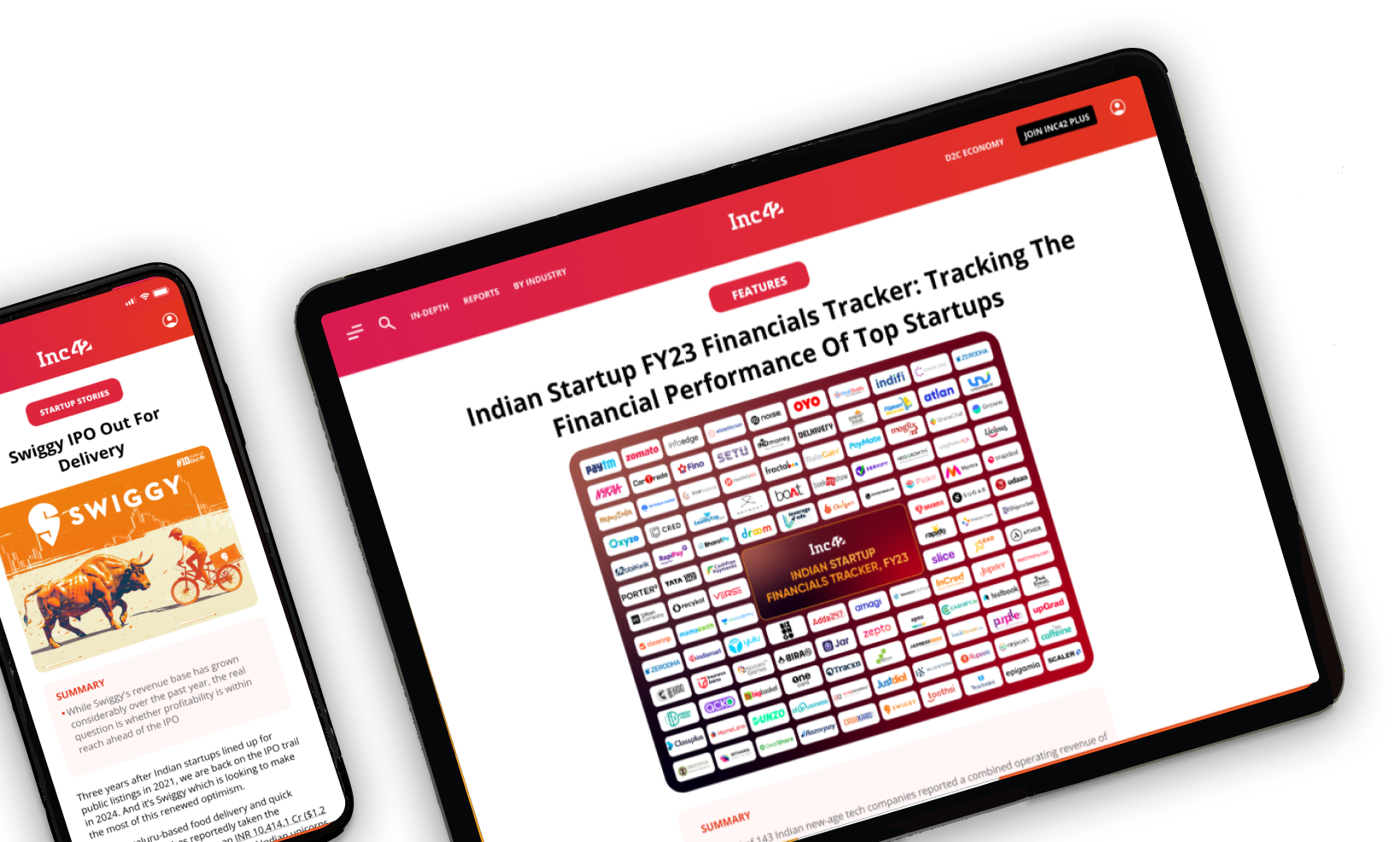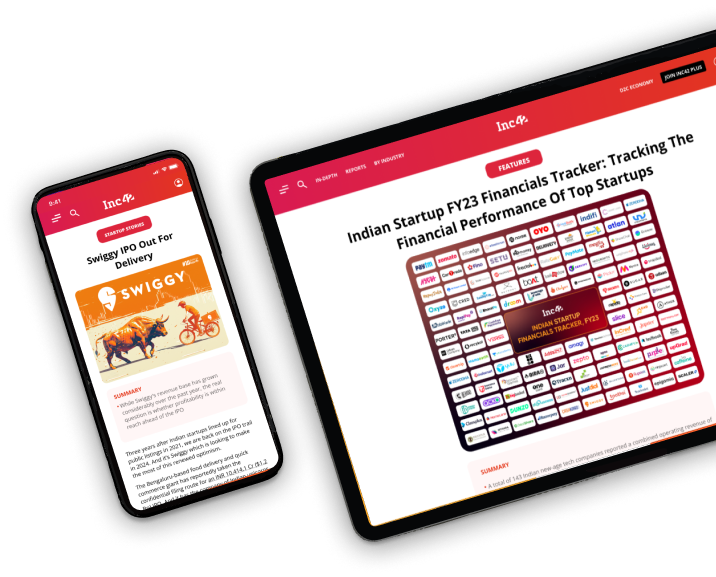
The new rate card introduced streamlined fee structures, enhanced settlement clarity, and improved shipping options targeted toward improving the seller experience.
Effective May 18, will have reduced components to only two (fixed and commission) from the earlier four (fixed, commission, collection and shipping).
Flipkart said that it will enable clear communication, dedicated support and ongoing engagement initiatives via webinars and Flipkart account managers to address any concerns from sellers
Ecommerce major Flipkart
The new rate card introduced streamlined fee structures, enhanced settlement clarity, and improved shipping options targeted toward improving the seller experience.
Effective May 18, will have reduced components to only two (fixed and commission) from the earlier four (fixed, commission, collection and shipping).
Flipkart has also updated its shipping policy to allow shipments below 500 gm within local and zonal regions sans additional charges even as a surcharge will be applicable for national shipping and categories exceeding the 500 gm weight mark.
The company said that the new revision aims to simplify the entire rate card, ensuring transparency and ease of understanding for sellers.
Rakesh Krishnan, vice president and head – Marketplace, Flipkart, said, “This rate card redesign is part of Flipkart’s broader initiative to streamline operations and offer robust support to our vast network of sellers across India. These changes will improve the ease of doing business and amplify potential market reach and consumer engagement. With enhanced benefits, we are confident that this initiative will unlock new opportunities for sellers to thrive and transform the selling experience on our platform.”
The company claimed that this change will positively influence the customer experience by enhancing seller operations, product availability and overall service quality.
Flipkart said that it will enable clear communication, dedicated support and ongoing engagement initiatives via webinars and Flipkart account managers to address any concerns from sellers and ensure smooth sellers’ adoption of the new rate policy.
Other changes include a reduction in fulfillment by flipkart (FBF) rates as well as the introduction of express air delivery options.
Flipkart offers its delivery through two options for sellers to choose from namely fulfilment by flipkart (FBF) and non-fulfilment by flipkart (NFBF).
FBF option includes Flipkart handling all your shipping needs under one roof which includes storage, packing, shipping, and delivery. Under NFBF the seller handles packaging and shipping.
Flipkart has different fixed fee charges for commodities with different price ranges.
Before implementing the new rate card, the fee structure outlined on the company’s website is as follows: for instance, within the INR 300 range, FBF and NFBF fees are INR 14 and INR 16, respectively. As prices increase, so do the fees, with INR 50 for FBF and INR 55 for NFBF charged for products priced above INR 1000.
Last year the company conveyed that sellers on its platform crossed the 1.4 Mn mark, registering a growth of 27% since 2022.
The Walmart-owned ecommerce major expanded its VIP subscription programme to eight new cities to boost its customer base in April after it launched this offering in October last year.
In March, it was reported that Flipkart was planning to foray into the quick commerce space by launching 10-15 minute delivery services in at least a dozen cities in the next six to eight weeks.
Flipkart was also eyeing acquiring a majority stake in quick commerce unicorn Zepto. However, the talks fell through.
The developments come at a time when the demand for ecommerce services is on the rise.
As per State Of Indian Ecommerce Report Q1 2024, the Indian ecommerce sector will surpass $400 Bn by 2030, with an estimated CAGR of 19% from 2022 onward. By 2030, India is anticipated to have over 500 Mn online shoppers.
































 Ad-lite browsing experience
Ad-lite browsing experience